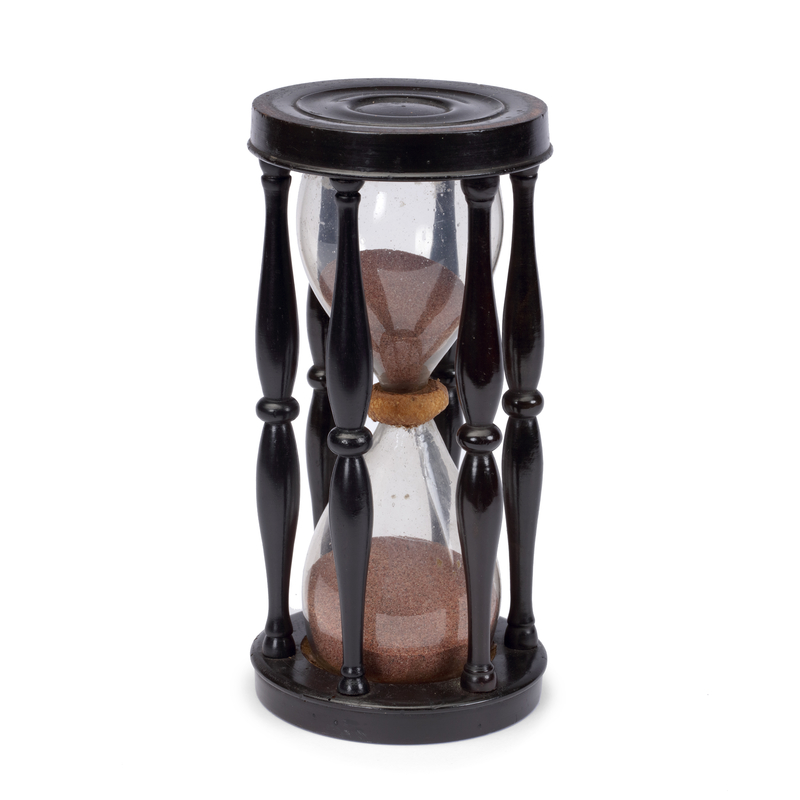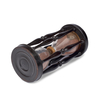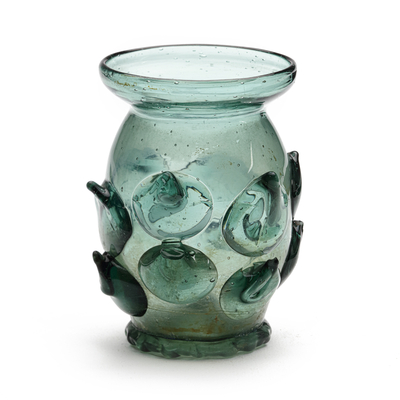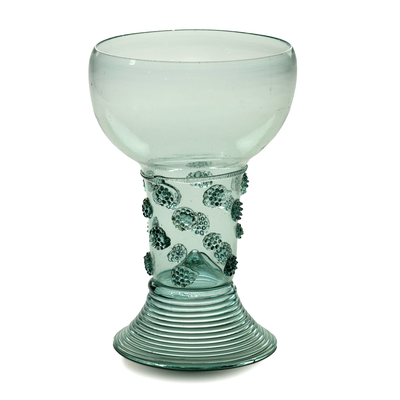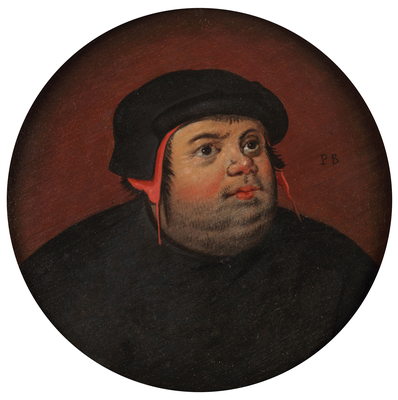Hourglass
Global shipping available
- Origin
- Germany
- Period
- C. 1700
- Material
- Ebonised wood, clear glass, sand, twine
- Height
- 22 cm
- Diameter
- 10.5 cm
- Literature
A. Delalande & E. Delalande & D. Delalande, Sabliers d’autrefois - Hourglasses of the past - Clessidre d’ altri tempi, Parijs 2015, p. 360, 361.
J. Attali, Mémoire de sabliers - Collections, mode d'emploi, Parijs 1997, p. 100, 101.
Questions about this object?
Please use one of the contact options below:
Description
This German hourglass is made of ebonised wood, with two clear glass bulbs. The two profiled round end pieces of the hourglass are connected with six baluster-shaped pillars, with a knob in the middle. The hourglass is filled with a dark sand and is composed of two pear-shaped glasses that are connected in the middle. Between the two parts of the hourglass is a metal disc, in which a small opening has been made: just big enough for the sand to pass through at the right speed.
The running time of the hourglass, and therefore the time it indicates, is determined by the amount of sand in combination with the size of the gap in the disc between the two glasses: the larger the opening, the shorter the time indicated by the hourglass. Over time, the drilled hole expands a little: the sand that keeps running past it slightly scrapes the opening. Thus, the older the hourglass, the shorter the hour becomes. The glasses, with the disc in between, are connected with wax, which is covered with fabric and tightly wrapped with string. This connection had to be completely sealed, to prevent the loss of sand or the clumping of the sand by air or water. Hourglasses like these were filled with eggshells, finely ground minerals, marble, lead, tin, and naturally occurring sand. These were boiled, pulverised and sieved several times, in order to create a homogeneous mixture without organic matter.
